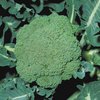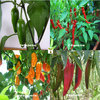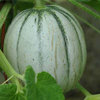Product Categories Vegetable Seeds D-P Melon Melon Honeydew 10 Fruit Seeds
Melon Honeydew 10 Fruit Seeds
Product no.: SEEDV060-001
In stock
Delivery period: 1 working days
We also recommend
|
Customers who bought this item also bought:
|
You may want to also consider this item:
|
Other items you may also want to consider:
|
* Prices plus VAT, plus delivery
Customers who bought this product also bought
|
|
Carrot Rainbow Blend 400 Vegetable Seeds
from
£0.97
*
|
|
|
|
|
* Prices plus VAT, plus delivery
Browse this category: Melon




















